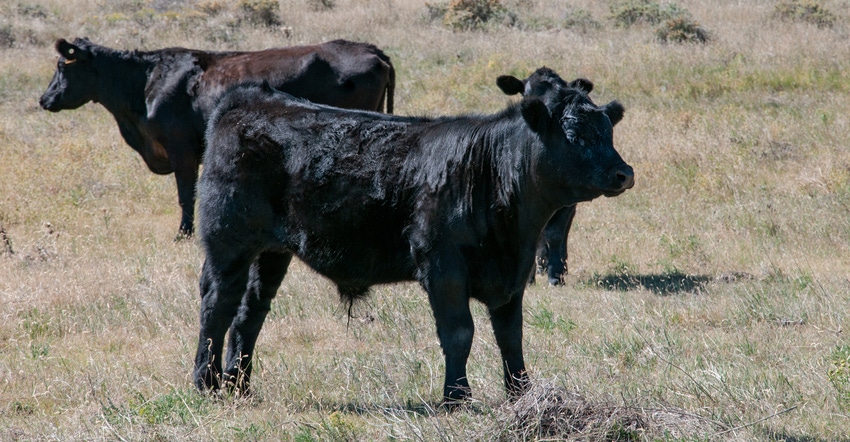
Need forage?
Two state agencies working with Minnesota ag organizations have come up with a plan to help livestock farmers in need of additional forage to feed their herds following the impact of COVID-19 and area drought.
The Minnesota Department of Agriculture and the Minnesota Department of Natural Resources are working together to help livestock farmers find sources of additional forage to feed their herds. The agencies have streamlined the process of approving haying and grazing on state-owned land.
Livestock farmers can expect to pay market value for hay and grazing done on public land. Deductions will be made for work done such as putting up and removing fence, hauling water, and cutting, baling and moving hay.
The Minnesota Farmers Union, the Minnesota Farm Bureau and the Minnesota State Cattlemen’s Association worked with MDA and DNR to explore forage options.
“We applaud DNR and MDA for working with farmers on conservation grazing,” says MFU president Gary Wertish. “Our farmers appreciate having this option to keep their cattle healthy while providing habitat management for wildlife on our public lands. It is especially important right now as large meat processors have had to close at times during the pandemic and farmers are doing their part to slow the backlog of livestock.”
“We are glad to see MDA and DNR work together with our organizations to ensure that farmers have access to additional forage while managing state grassland habitat,” says MFB president Kevin Paap.
Livestock producers in need of additional forage are encouraged to email their DNR area wildlife manager to discuss options in their area. Contact information is on the Conservation Grazing Map on the MDA website.
Contact your local DNR area wildlife manager three weeks ahead of time to let them know you are interested in haying or grazing a state wildlife management area.
Haying or grazing on Wildlife Management Areas must meet wildlife habitat management objectives on that site. This often means haying only a part of any area and grazing at lower stocking rates. DNR has timed WMA haying and grazing to avoid nesting and fall hunting seasons, and to leave substantial areas for fall and winter cover. Typical hay leases are about 30 acres in size, a small portion of most WMAs.
Most WMAs do not have adequate fencing for cattle. Farmers should expect to install and remove temporary fencing before and after each grazing period. Water is often available but should be checked for quality and quantity.
Since a major reason for this increased haying and grazing initiative is to provide additional forage for Minnesota farmers, the agencies ask that any hay harvested from public land stays in the state or the surrounding counties.
Questions? Contact either Greg Hoch, DNR, at 218-443-0476 or [email protected], or Kelly Anderson, MDA, at 320-808-4424 or [email protected].
About the Author(s)
You May Also Like






